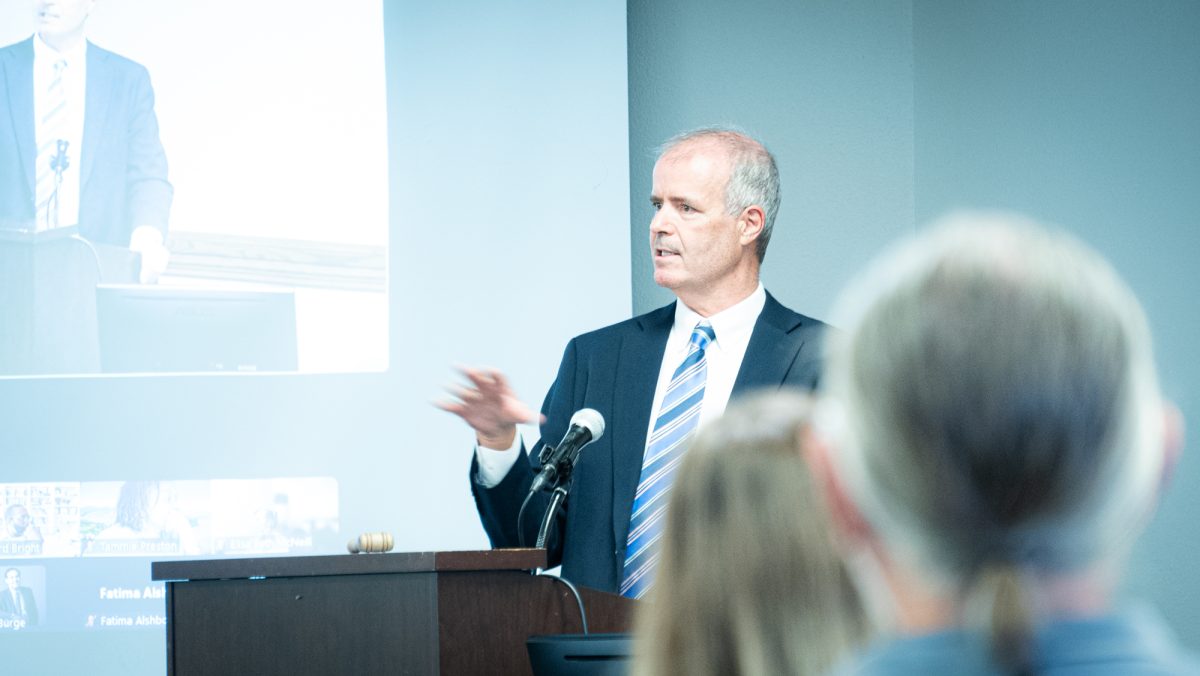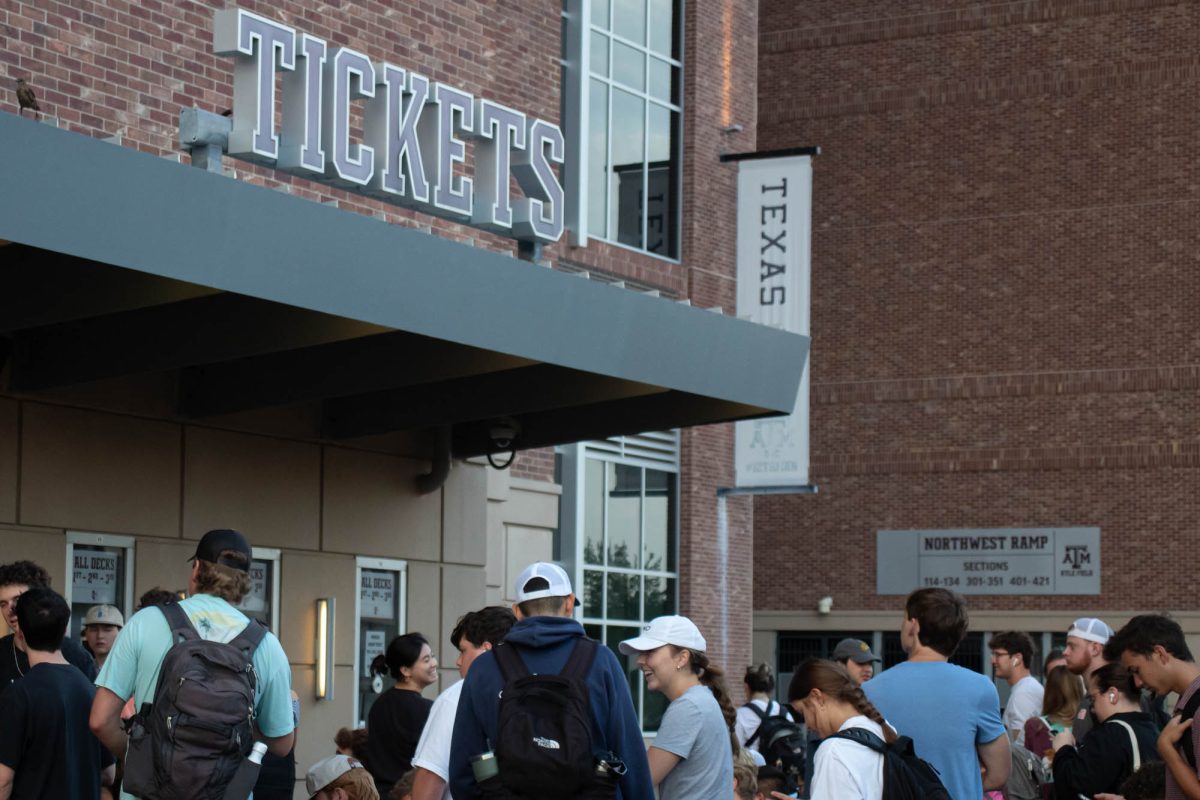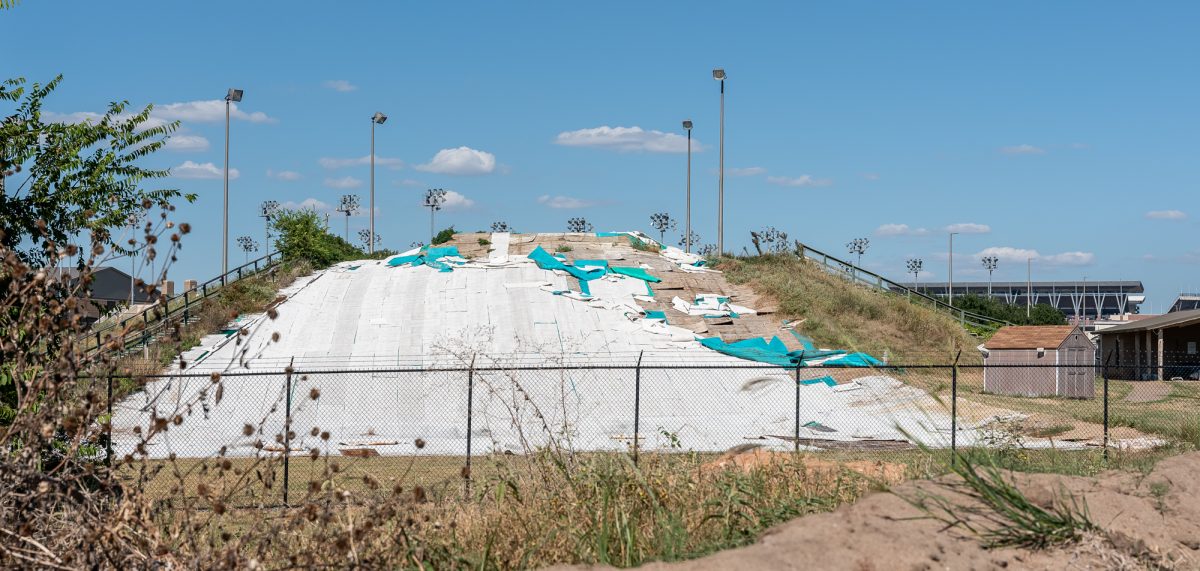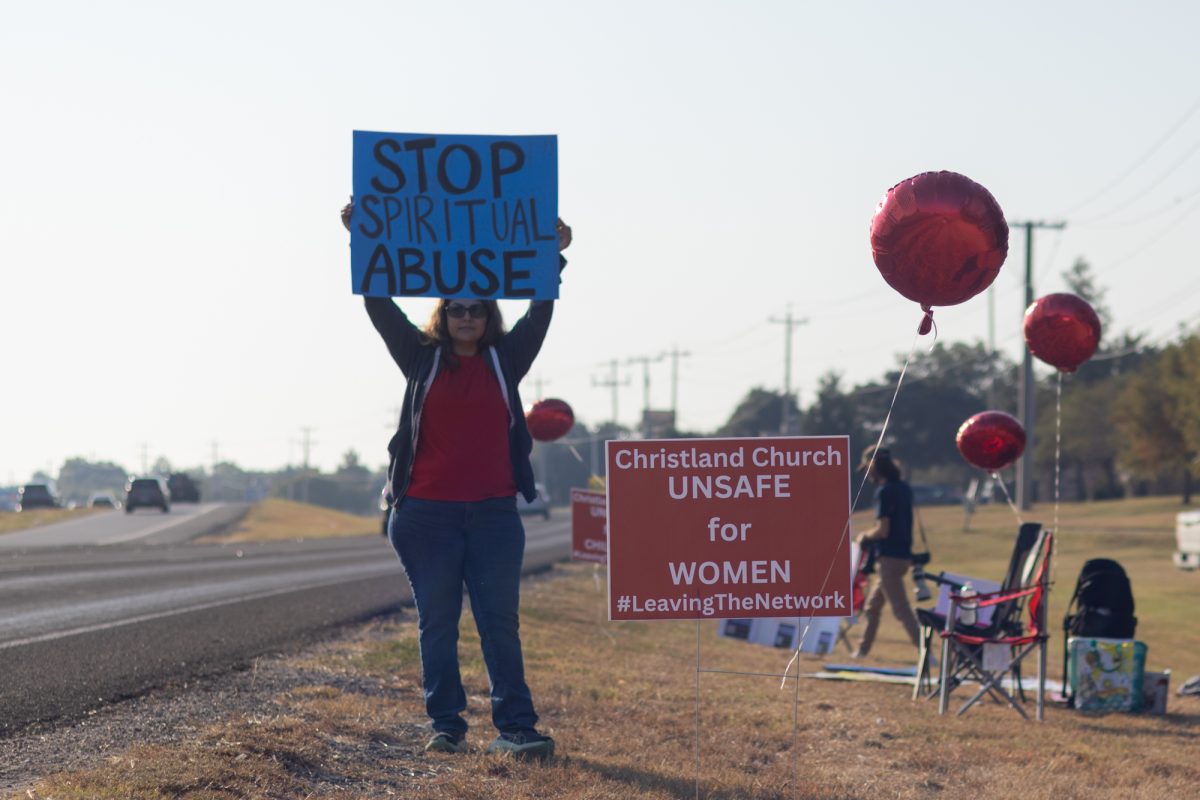Some would argue that the violence on the border of Mexico and the United States has escalated in recent years and the media isn’t doing the situation justice. Others would say that coverage by U.S. news teams has blown the situation out of proportion. One indisputable fact, though, is the existence of a problem in the borderlands that cannot be ignored any longer.
“As long as drugs are seen as a joke in movies and on TV, the problem will get worse,” said Dave McIntyre, director of the Integrative Center for Homeland Security at Texas A&M.
Reports, such as that of the Council on Foreign Relations in November, say the violence really took off after Mexican President Felipe Calderon assumed his position in December 2006. One of his first matters of office was to deploy thousands of federal troops in order to crack down on drug-related violence. However, this merely resulted in angering more drug lords and a spike in death tolls.
McIntyre said the problem began further back in time beginning in the late 1980s and early ’90s. He said a significant amount of drugs were being run through the Caribbean into Florida. After the U.S. government successfully cut off many of those trade circuits and worked with countries like Colombia to take out some of the major leaders, the routes into Florida were disrupted.
When that happened, they shifted to the West and began to move drugs by land through Mexico, where it would be harder to see them and they could buy their cover through corruption.
“This is really two success stories leading to a new problem,” McIntyre said. “Step one was squeezing out maritime routes. Step two is Mexican leadership. Several recognized this as a threat to the country and moved to take the leadership of the cartels. They had success in eliminating some of the cartel leaders. [However,] instead of the effort collapsing, it broke into warfare over who was going to be in charge next (of the cartels).”
Spilling over
While personal opinion may vary, there’s no arguing with the numbers. According to the State Department’s 2008 International Narcotics Control Strategy report, there were more than 2,500 drug-related deaths in 2007 and more than 4,000 by the end of 2008. The Associated Press estimated more than 1,000 deaths within the first eight weeks of 2009.
The concern now is that the violence is overtaking major areas in Mexico, such as Tijuana or Ciudad Juarez, where Mexican authorities have reported more than 1,800 deaths since January, and is and spilling over into the U.S.
“I have heard that some involved with the drug cartels are moving into bigger cities like Houston, Phoenix and Los Angeles,” said Priscilla West, a senior political science major whose family lives in the border town of Zapata, Texas.
West heard correctly. In a March Associated Press story, the Department of Justice named 230 cities, including Houston, as sites where cartels maintain distribution networks and supply lines. Since 2006, when the investigation in Houston began, more than 70 people have been prosecuted and more than $5 million has been seized, along with about 3,000 pounds of cocaine, as verified by court records and law enforcement officers.
Effects on students
While college students may not be experiencing the brunt of the situation, officials have been tedious, especially around the time when spring break travel plans were being made. Some schools, such as the University of Arizona, went so far as to send out an official advisory discouraging travel to Mexico over the break.
“As long as the state department isn’t forbidding people, neither will we,” said Carol Binzer, director of student life. “We have safe Spring Break programming and we’ve put resource information on spring break resource tables. [Student Life] also sent out blurbs with links to state alerts, making a more concerted effort to make sure people weren’t blindly going out there.”
When it comes to how to handle a situation with students abroad, Binzer said the department already has a system in place should any problems arise.
“When a London bus was blown up a few years ago, we immediately went to contact study abroad students, just to check on them and make sure they were OK, and contact the parents. Then we would use a CIRT (Critical Incident Response Team) to develop a more specific plan.”
Ultimately, though, Binzer said it was unnecessary to issue a Universitywide declaration forbidding students affiliated with the school to travel to Mexico.
“We have a good relationship with Mexico and many of our students are Mexican, so just forbidding people isn’t the best plan,” she said. “Plus, how would you react to your university telling you, an adult, what to do? You’d go anyway.”
David Byrd, director of recruitment for the College of Education and Human Development, said the violence hasn’t affected incoming student ratios the way some might have expected.
“I don’t think the violence has impacted our numbers as much as focused and targeted recruitment through our Rio Grande Valley Regional Prospective Student Center,” Byrd said. “We’ve actually been growing in our recruitment of students from the Rio Grande Valley. From 2003 to 2008, we had a 91.5 percent increase in freshman students from that region, and last fall, we had 996 students.”
Hometown securities
West grew up along the border in towns of Edinburgh and McAllen before settling in Zapata when she was 10. While she continues to go back home and enjoy the comforts of family and community, she said the prevalence of the drug trafficking has invaded the security of her hometown.
“We now worry ourselves about who in the town may or may not be involved, who to steer away from, and question whether or not our county is experiencing any kind of official corruption,” she said. “We continue to have our family gatherings and live a normal life, but we question more than we ever thought we would have to.”
Because she has family who work for the Texas Army National Guard and friends in the Border Patrol, West said she hears a lot of stories, one of which was the murder of detention officer Gilberto Hernandez Jr. of Starr County.
“In July 2006, he went across the border to visit his girlfriend and his family,” West said. “He never showed up and his parents reported him missing the next day. On July 3, his body was found in the passenger side of his truck with his hands duct-taped behind his back and a message to ‘Tom’ carved in his belly.
“It is believed he was tortured before being shot in the back of the head,” she said. “These drug cartels are responsible for a lot of the murders and other spill-over violence along the U.S.-Mexico border, and it has only been getting worse. The issue with drug trafficking is seeping into our lifestyles and has gone from bad to worse and is moving further and further north.”
Corruption vs. death
McIntyre said the problem has been increasing because the money has grown over time allowing cartel leaders to purchase more power and more weapons. This action accelerates the cycle, he said, leading to even more violence.
“The greatest danger for Americans is not the violence – it’s the corruption,” McIntyre said. “Mexican officials are offered two choices: silver [a bribe] or lead [a bullet.] We have already had a Texas sheriff arrested for providing FBI intelligence to the cartels. This is happening in every city, in every town, in the U.S.”
While the severity of the situation is undeniable, as evidenced by the ever-climbing reach of death tolls and actions taken by government leaders, such as Texas Senator Cornyn, to involve the U.S. in stopping the violence, it is not directly affecting everyone. Or, at least, not in the ways one might suspect.
Everything is affected
“To be honest, the drug war is not fought [in Mexico City,]” Fred Lambuth, Class of 2008, said. “There are occasionally bodies found around the city that are connected to the drug war, but the majority of the crime [here] is mostly unconnected.
“Indirectly, the stigma of the conflict has taken away a lot of tourism business. Mexico depends heavily on tourism, especially Americans, and they’re too scared to come down here, even to the places that aren’t caught in the crossfire,” he said.
Lambuth grew up in Houston, but moved to Mexico City in his youth. After graduation from Texas A&M in August with a bachelor’s degree in political science, he returned to Mexico City, where he has been living for eight months.
State of the government
“I think the situation is overblown in the U.S. media,” he said. “I get some American news channels, and they paint the whole country as a failed state. This is a terrible escalation of the drug war, but Mexico’s government’s legitimacy is about the same as it was before the last two blood-soaked years.”
West, however, stands in opposition to Lambuth’s view of the media’s coverage.
“The situation is escalating and media coverage merely scratches the surface,” she said. “These drug traffickers are known to use sophisticated surveillance, counter-surveillance and communication techniques to facilitate their trafficking operations. I have also heard of news reporters being threatened with their lives for detailed reports, and news stations are in a sense being controlled by what they should and should not report.”
McIntyre, who wondered why the whole presidential campaign went by without asking any of the candidates about the situation, agreed with West’s view and recalled one such incident.
“South of the border, [the lack of coverage by the media] is understandable – the threat against reporters is enormous. They’ve been murdered, threatened. On at least one [Mexican news] TV program, cartel members stormed the studio while they were on the air and threatened them, live,” McIntyre recalled.
Not to say that the U.S. hasn’t been trying. In 2007, President Calderon and President George W. Bush met and created the Merida Initiative, a three-year, $1.5 billion plan to combat drug trafficking in Mexico and Central America. The Mexican government is also working independently, despite the threat of corruption from within, to keep the problem from getting any worse. The Council for Foreign Relations report sourced extraditions, eradication and interdiction, combining federal security forces and reforms to public security and the judicial system among some of the significant measures being taken.
The solution?
So how do we stop what would appear to be a never-ending cycle of corruption, crime and violence?
McIntyre’s solution was fairly simple.
“Americans need to quit taking drugs,” he said. “The fundamental cause is Americans who think it’s fun or funny to take drugs, do it for recreational purposes, at a party. These people need to understand they have blood on their hands. These cartels are kidnapping women, raping them, selling them into slavery, [beheading people,] and it’s all being funded by Americans who are buying and using drugs. We just need to take responsibility for our actions.
“The answer is not how bad could it get – the real issue is when will our cultural leaders take this seriously. We also need to do what we can to help reduce the flow of guns. Some part of the weapons come from us, and we need to get that under control,” McIntyre said.
Others, such as Lambuth, say the answer is even simpler.
“It can all be over if one step is taken,” he said. “Legalize it.”
Continued violence
April 23, 2009
0
Donate to The Battalion
Your donation will support the student journalists of Texas A&M University - College Station. Your contribution will allow us to purchase equipment and cover our annual website hosting costs.








